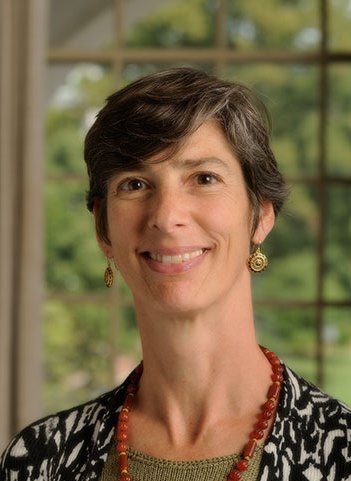Affiliation: Johns Hopkins University

Professor Marian Feldman holds joint appointments in the Departments of the History of Art and Near Eastern Studies at Johns Hopkins University. She holds her degrees from Harvard (Ph.D.) and Columbia University, and specializes in the arts of the Near East and Eastern Mediterranean from the end of the third through the first millennia BCE. Her interests range from the role of the arts in cultural interactions to issues of style, object agency, and materiality. She has published on a wide range of topics, including the monographs, Diplomacy by Design: Luxury Arts and an “International Style” in the Ancient Near East, 1400-1200 BCE (University of Chicago Press, 2006) and Communities of Style: Portable Luxury Arts, Identity and Collective Memory in the Iron Age Levant (University of Chicago Press, 2014).
Akkadian art is heralded as an innovative breakthrough in large part due to its ostensibly naturalistic renderings, such as the sculptural plasticity of figural forms and the appearance of landscape-like elements seen for example on the victory stele of Naram-Sin. If we no longer assume that the pursuit of spatial illusionism guides Mesopotamian artistic production, we must ask how we should understand the radical artistic shift that occurs during the Akkadian period. Our own fascination with spatial illusionism, borne from centuries of perspectivism and the standard of Italian Renaissance artistic production, celebrates these Akkadian art works without examining their original motivating factors, nor carefully analyzing their formal characteristics. In fact, spatial illusionism is rarely evident, and instead, the emphasis can be seen to be on the corporeal existence of physical things on their own, which I connect to new, totalizing powers claimed by the Akkadian kings in their territorial unification of the southern Mesopotamian city-states. Visual analysis of Akkadian art demonstrates a singular attention to the bringing into being of material things (both animate and inanimate), but a decided absence of attention to relationships among these entities within spatial settings.